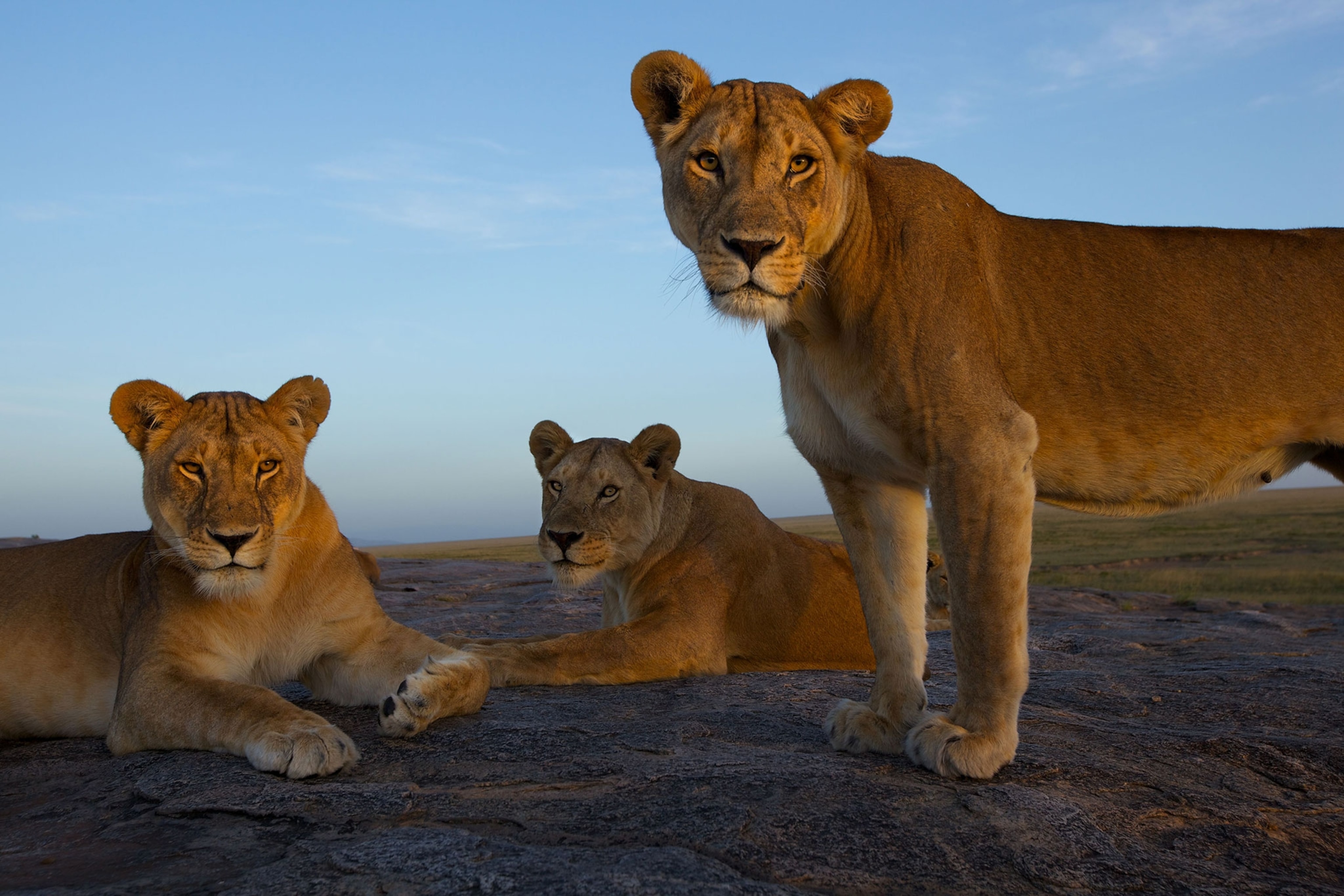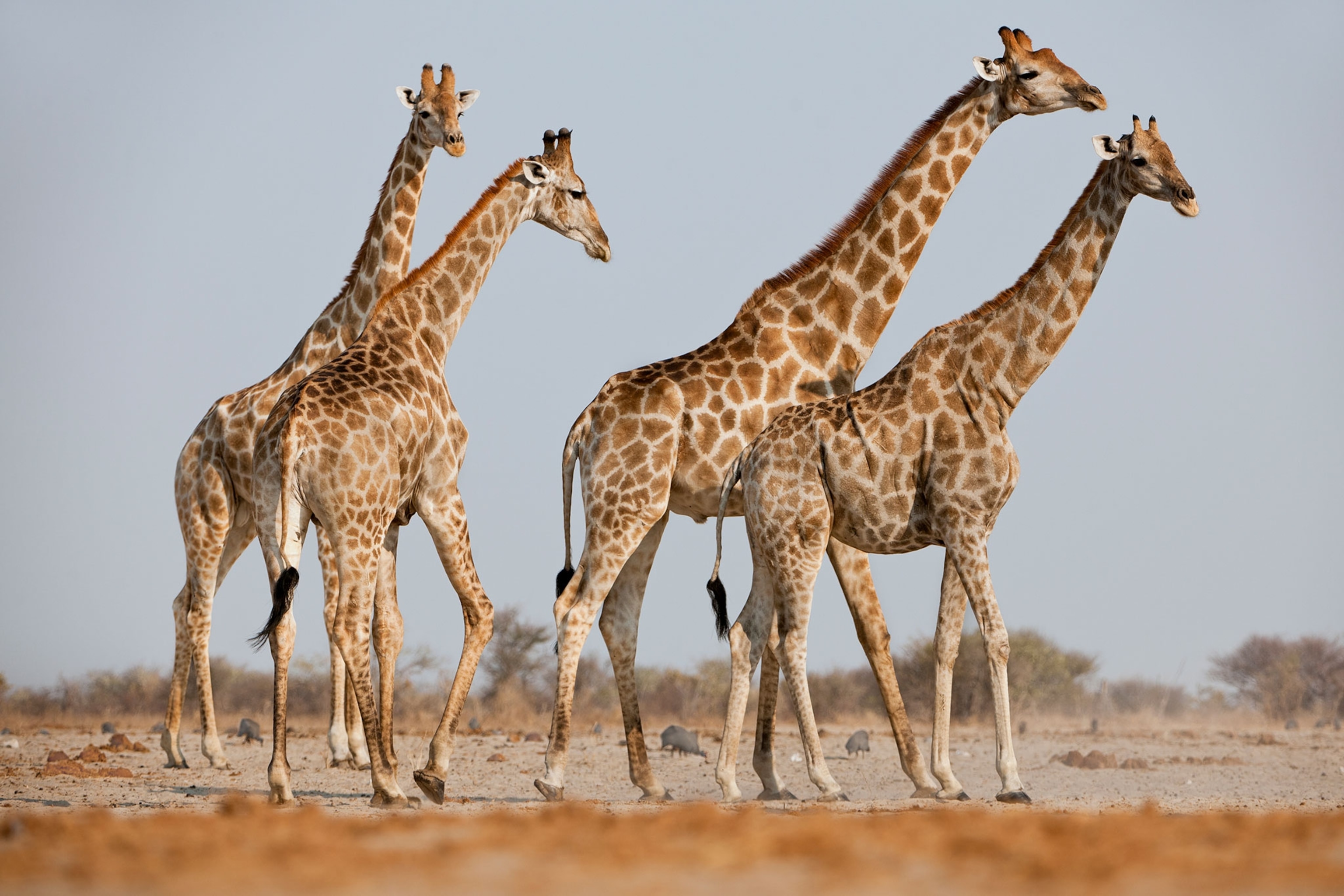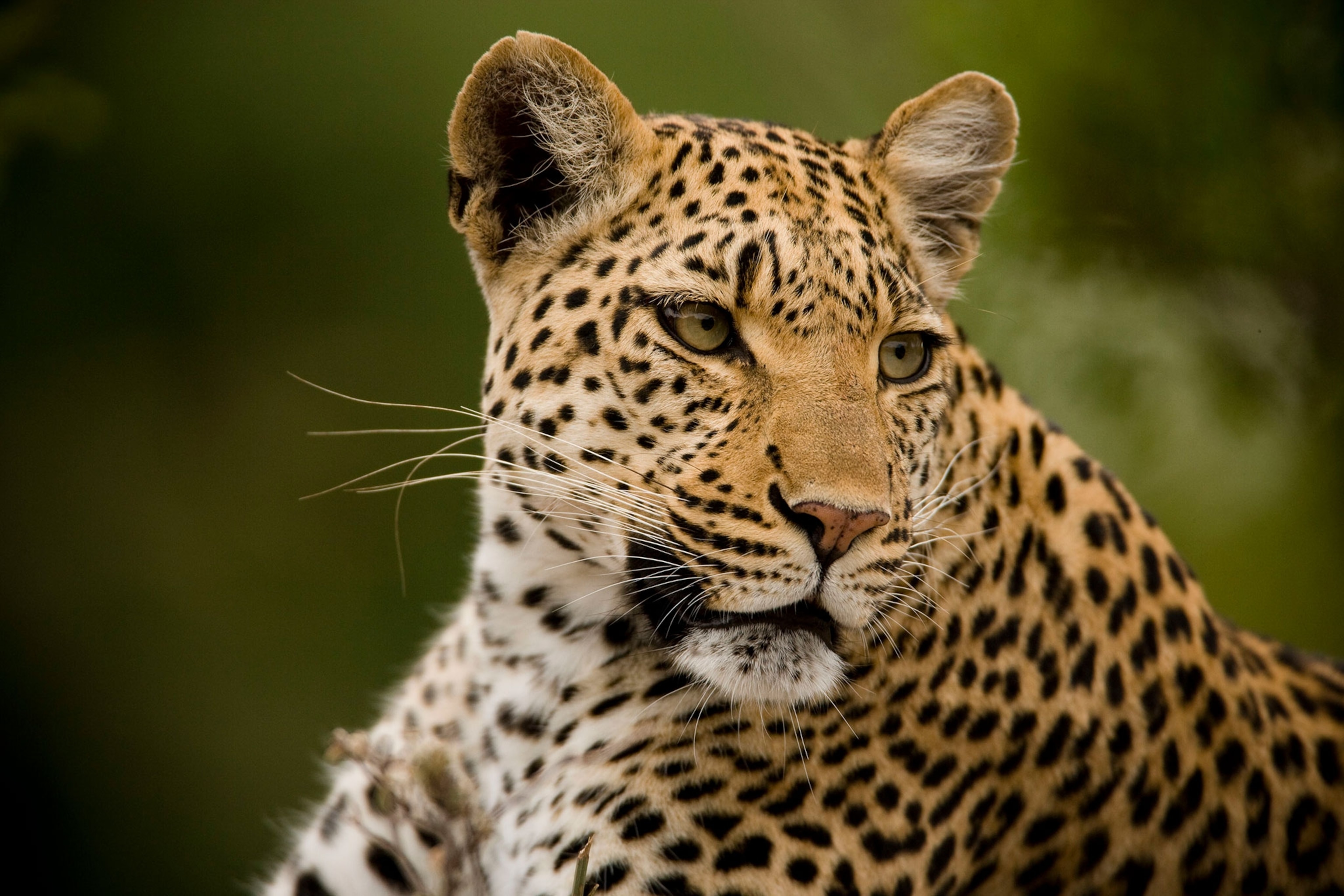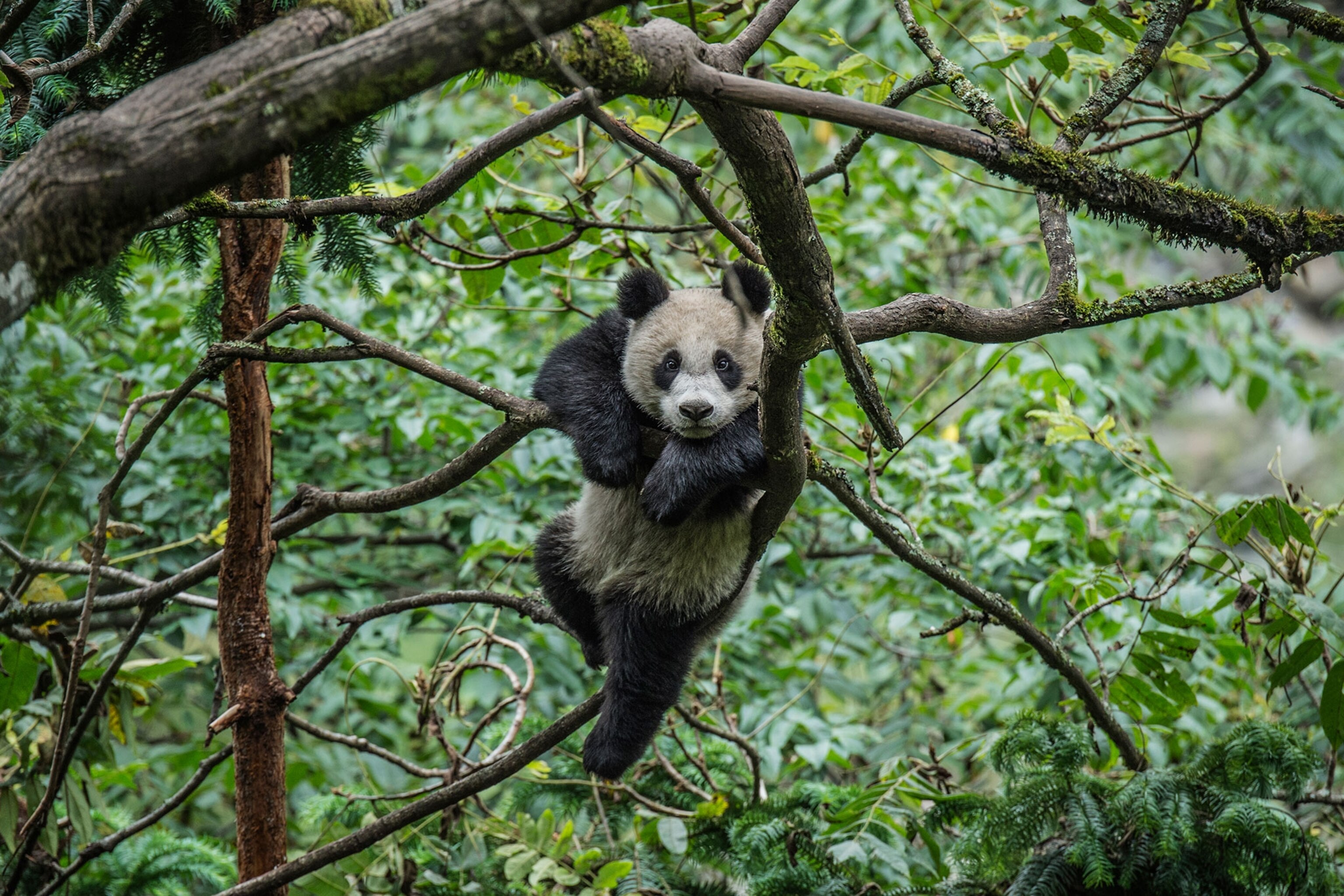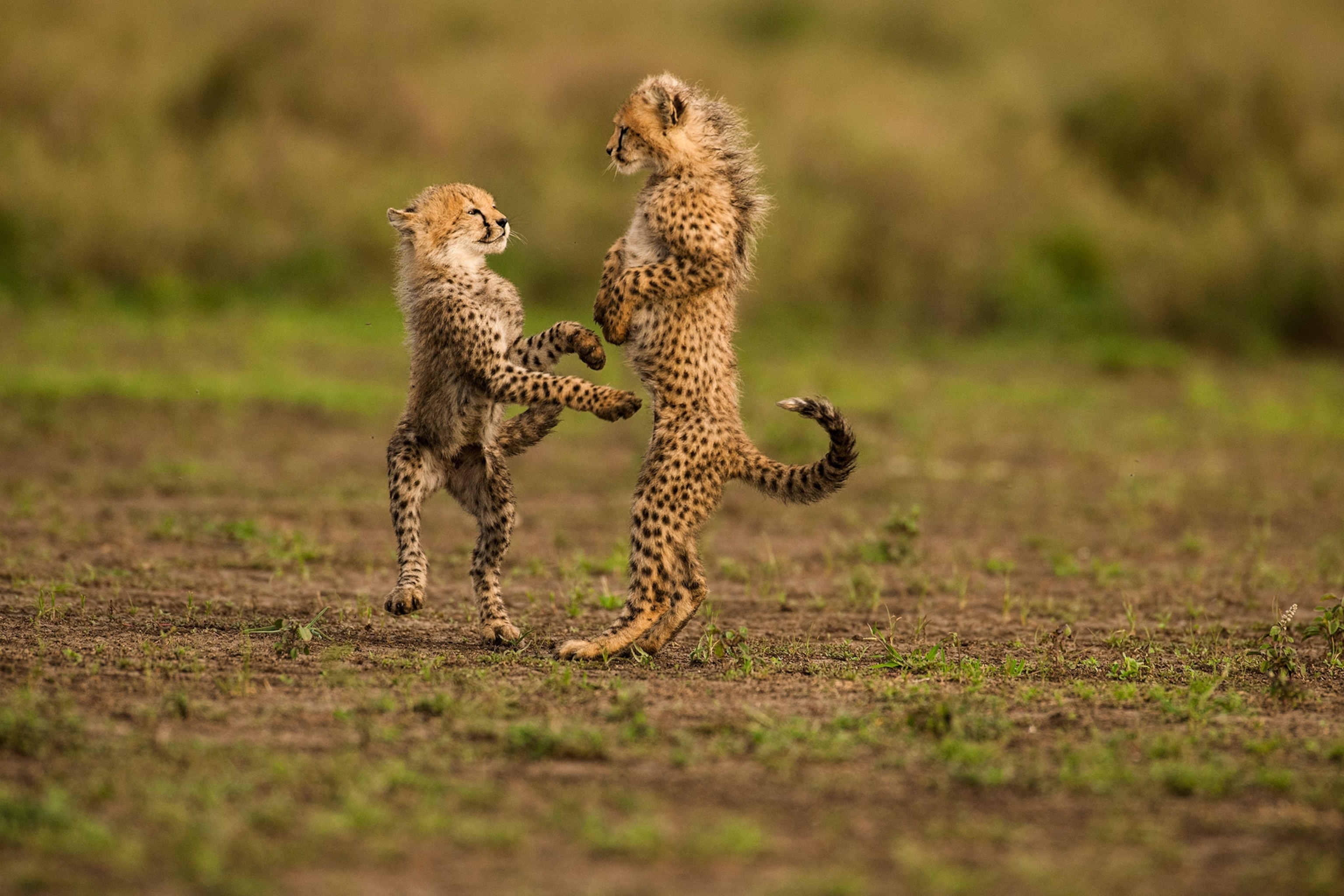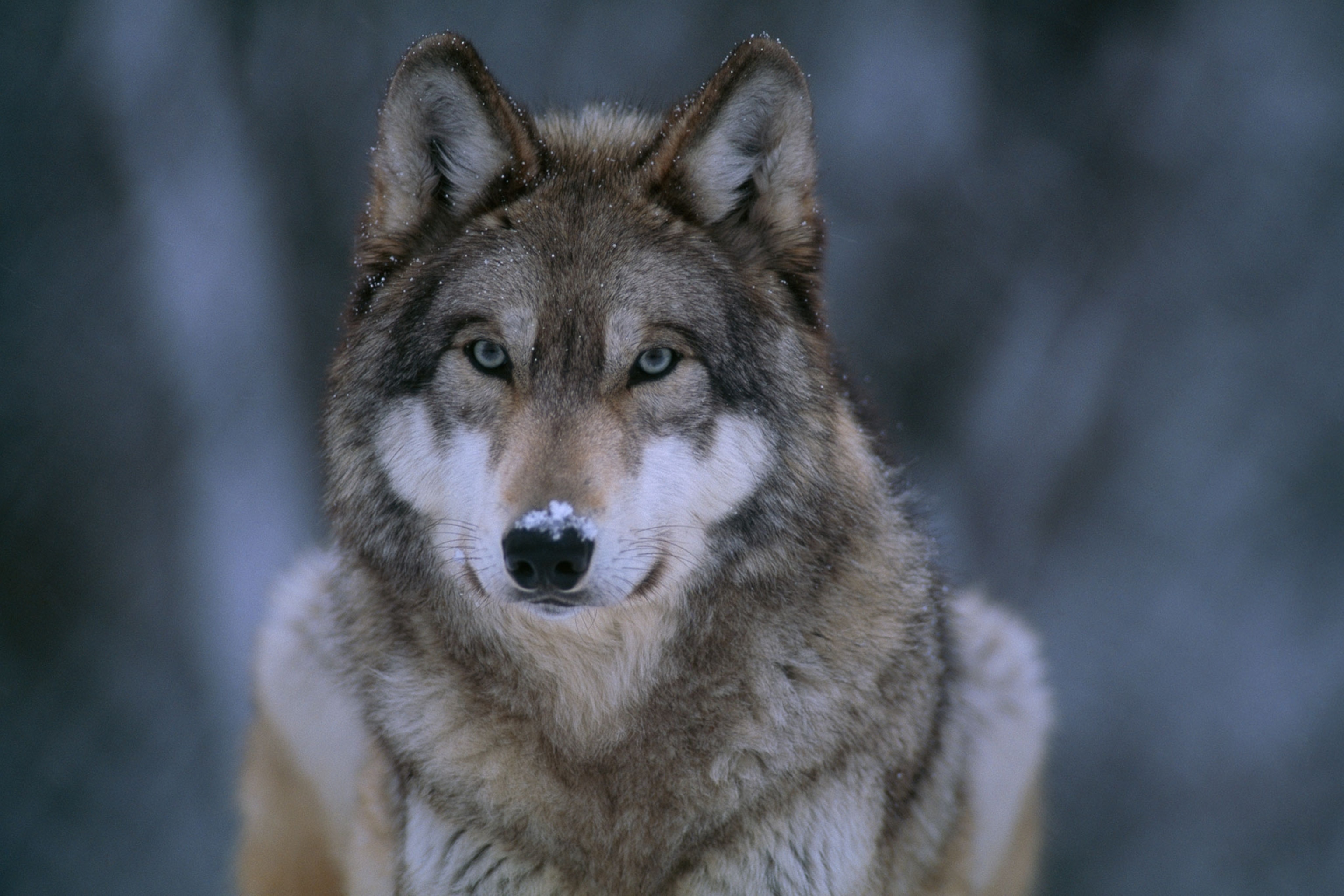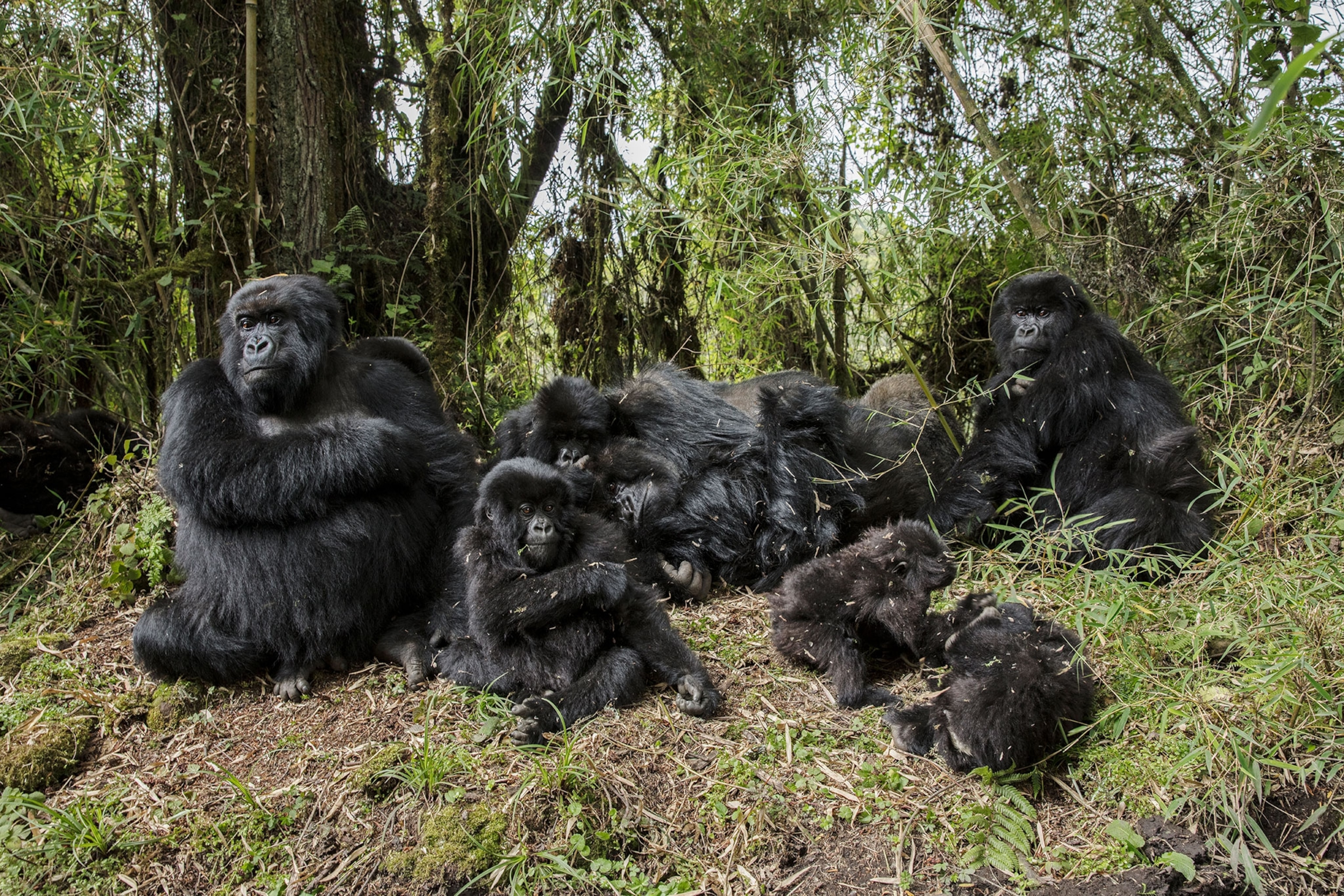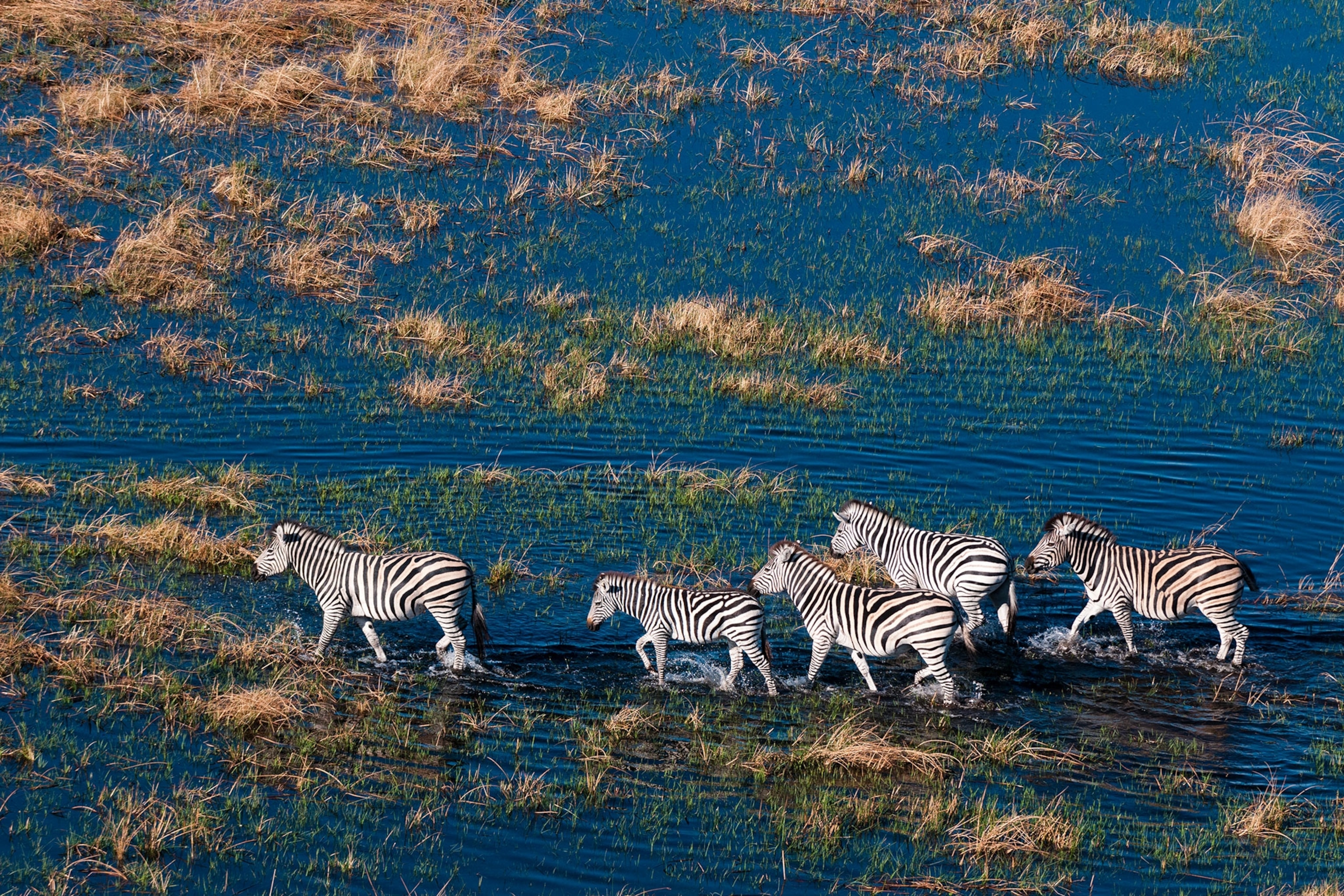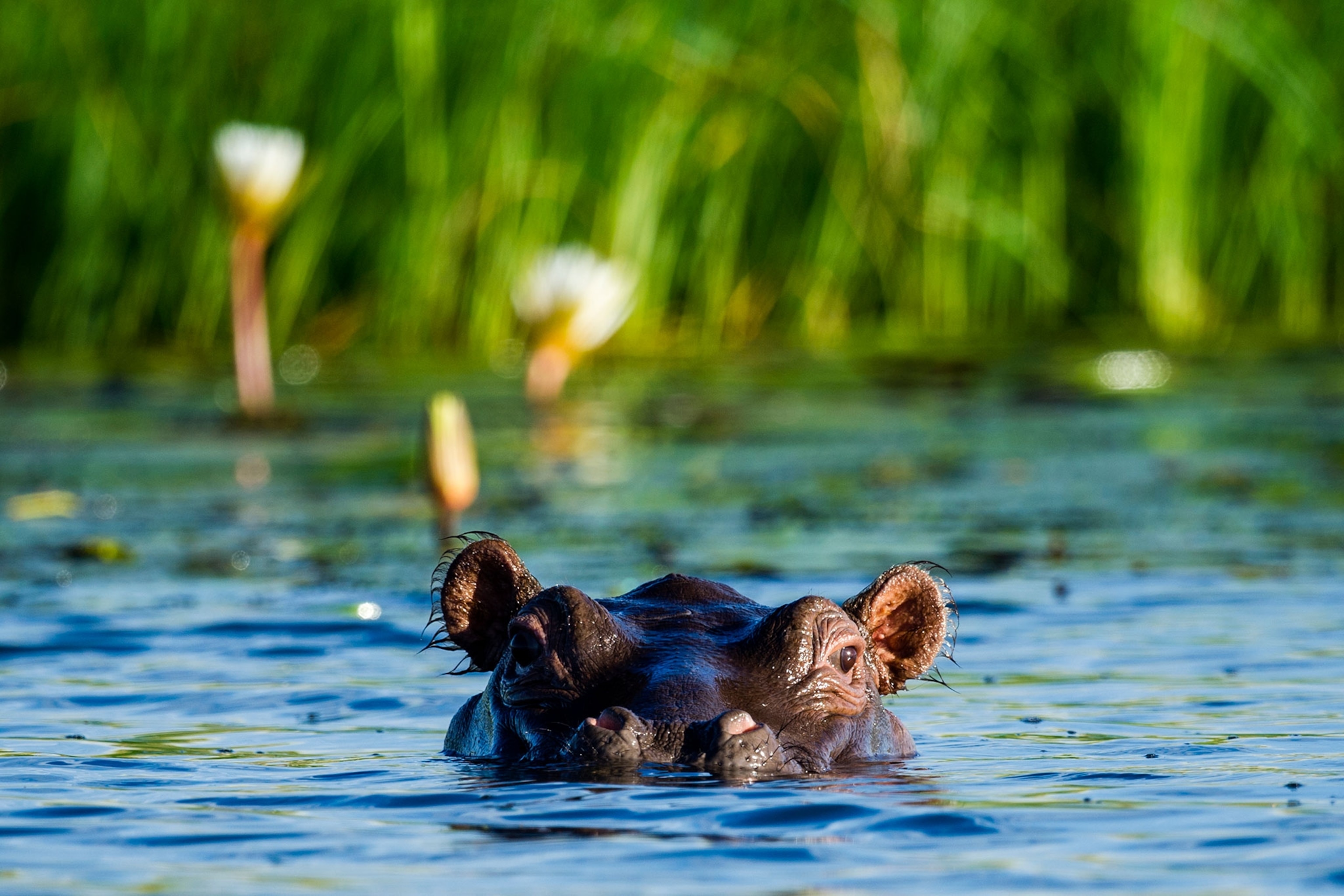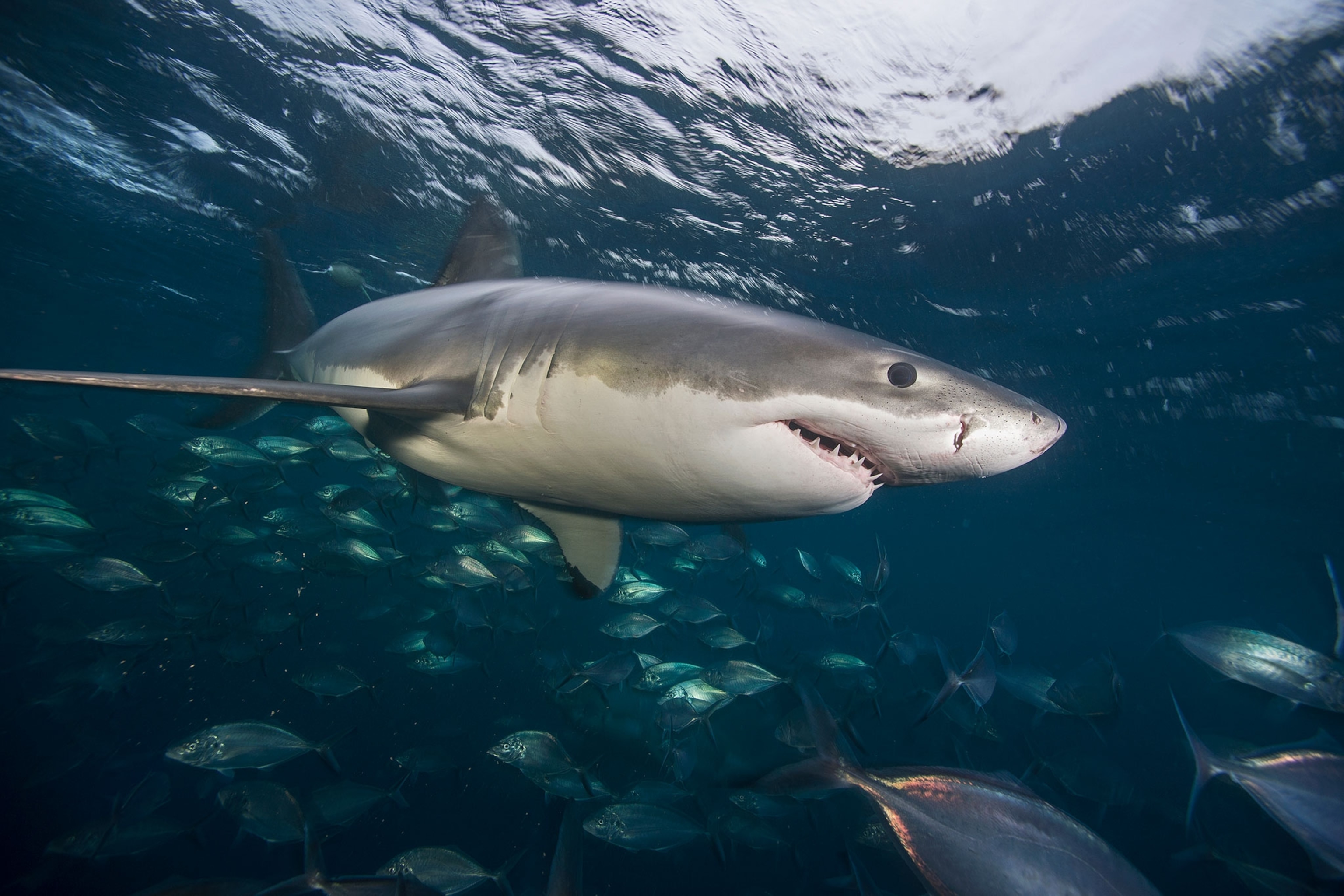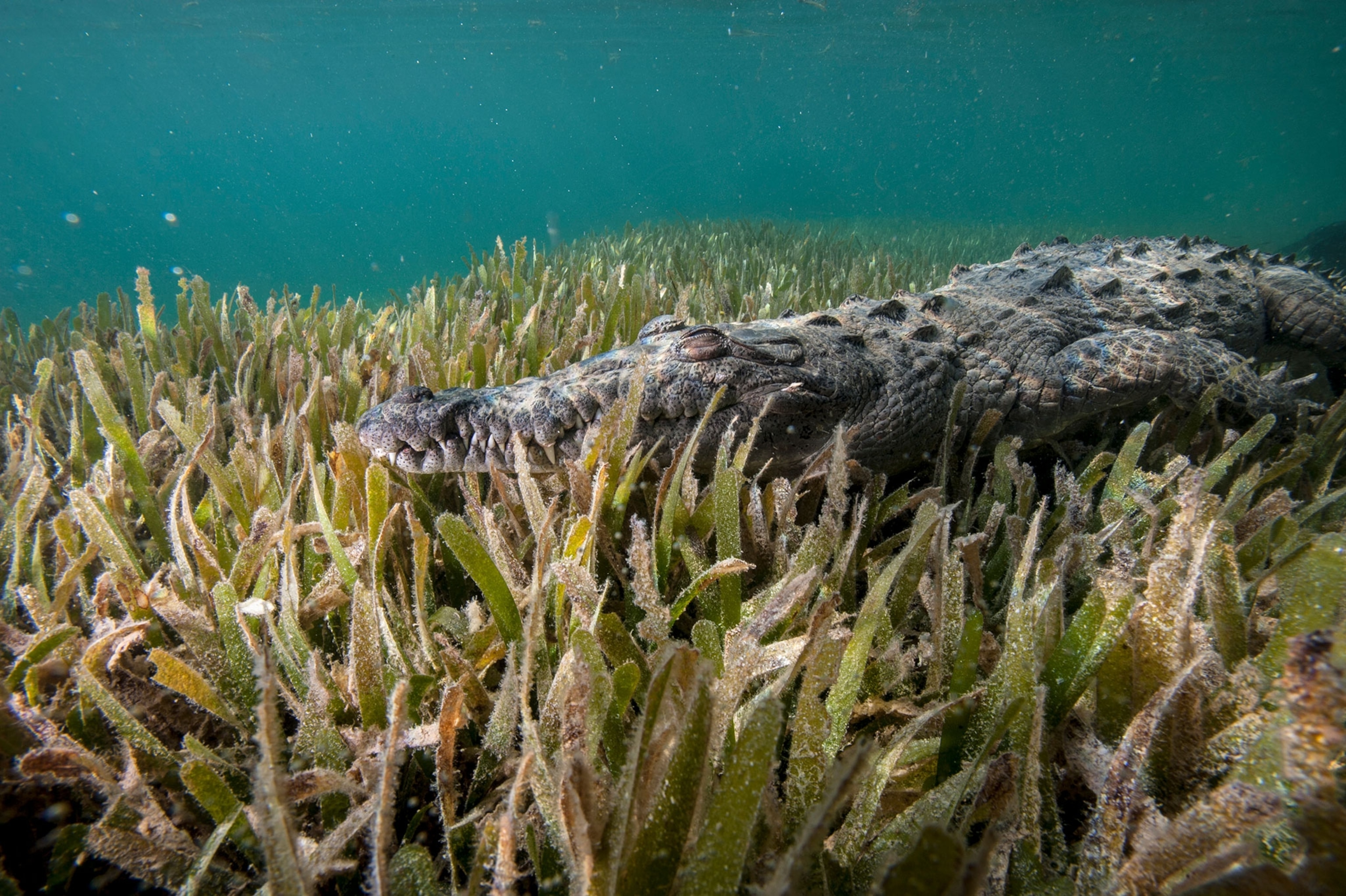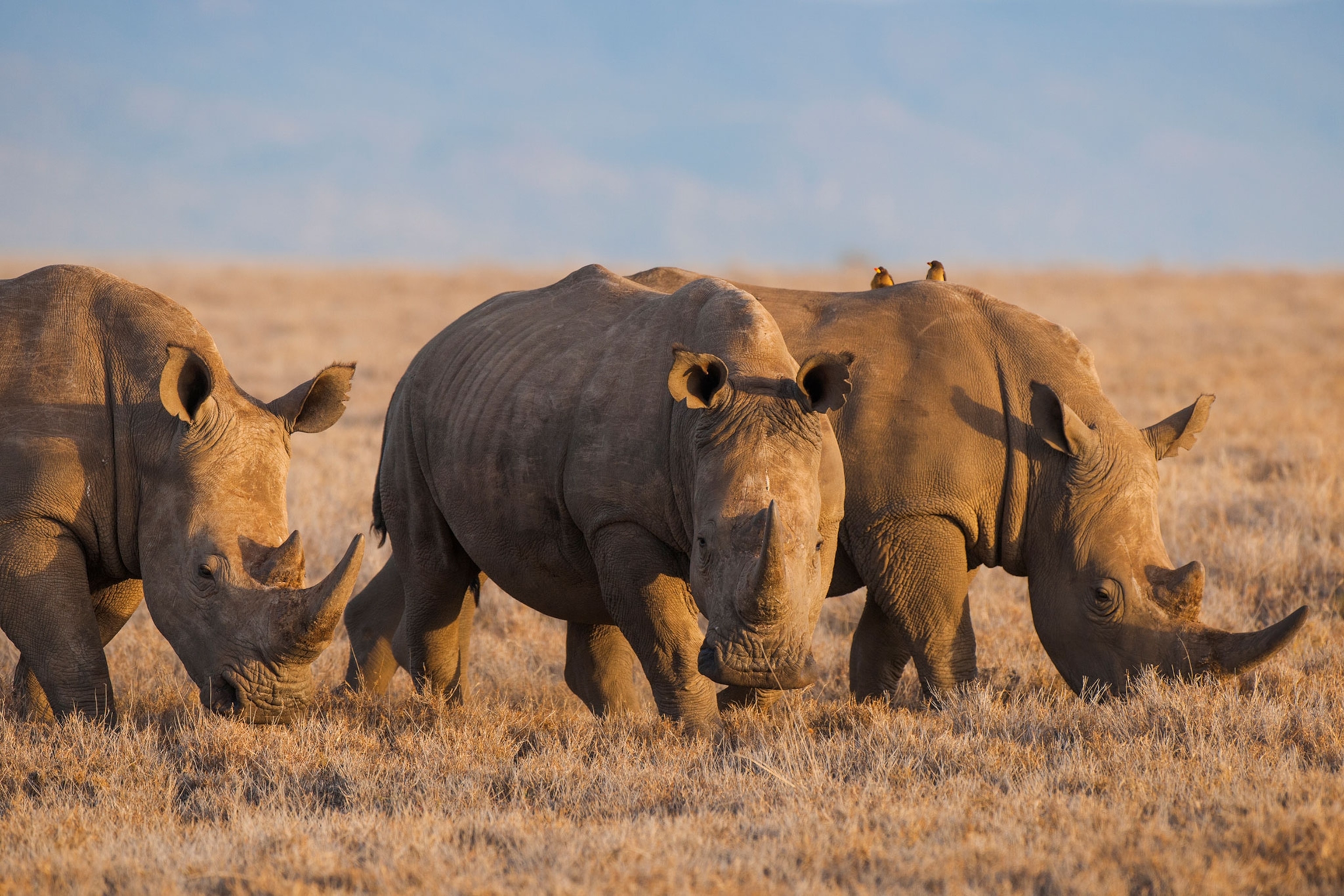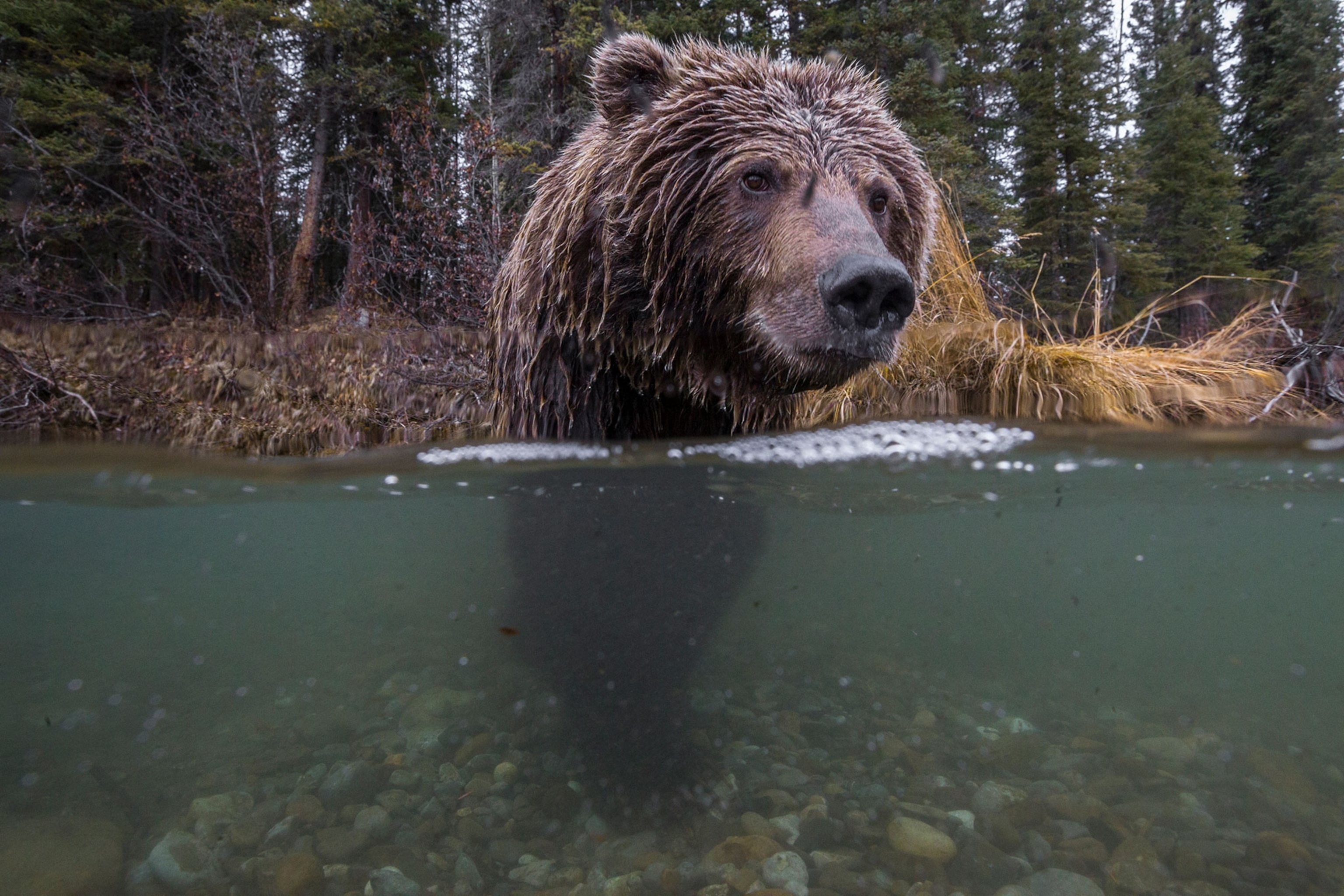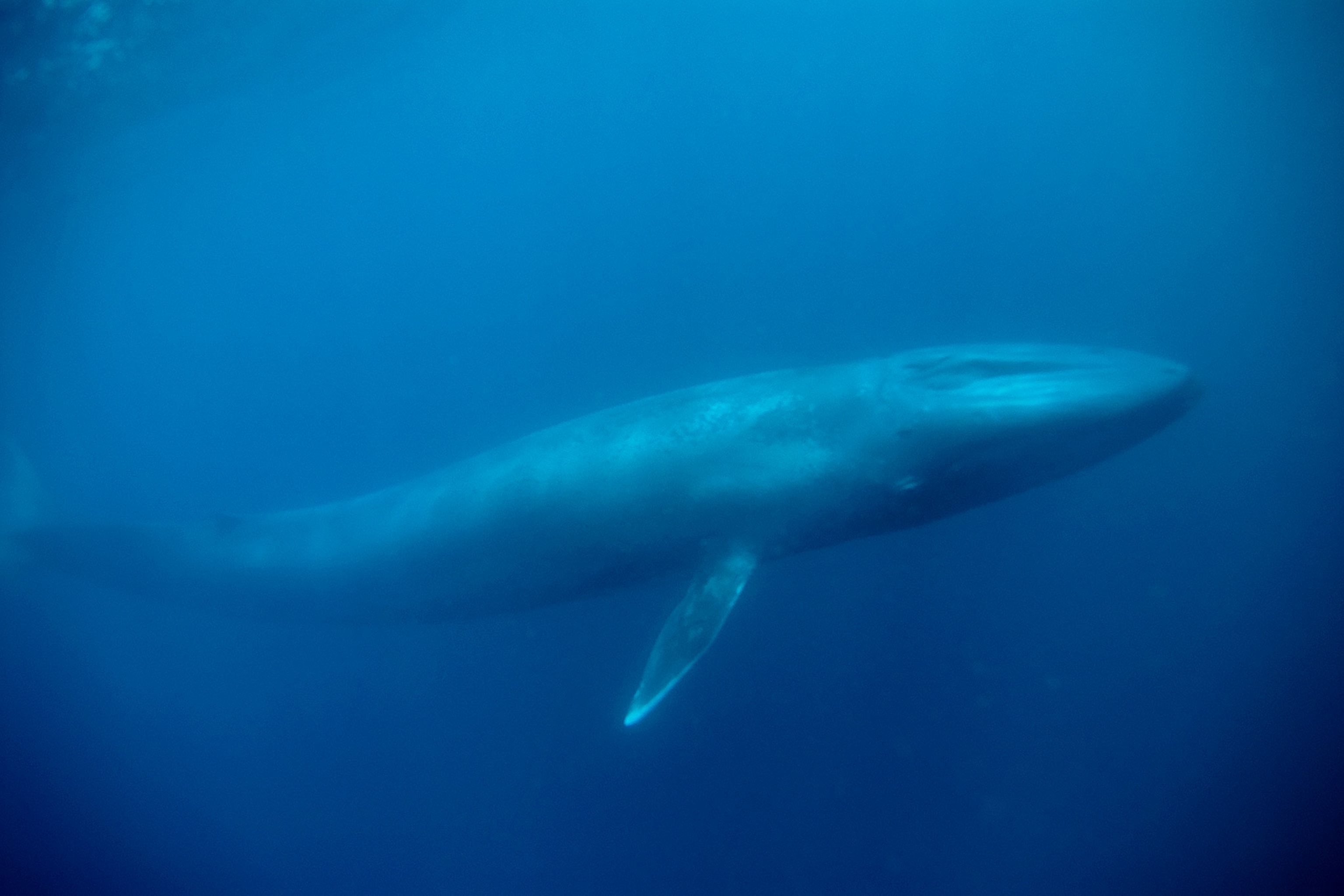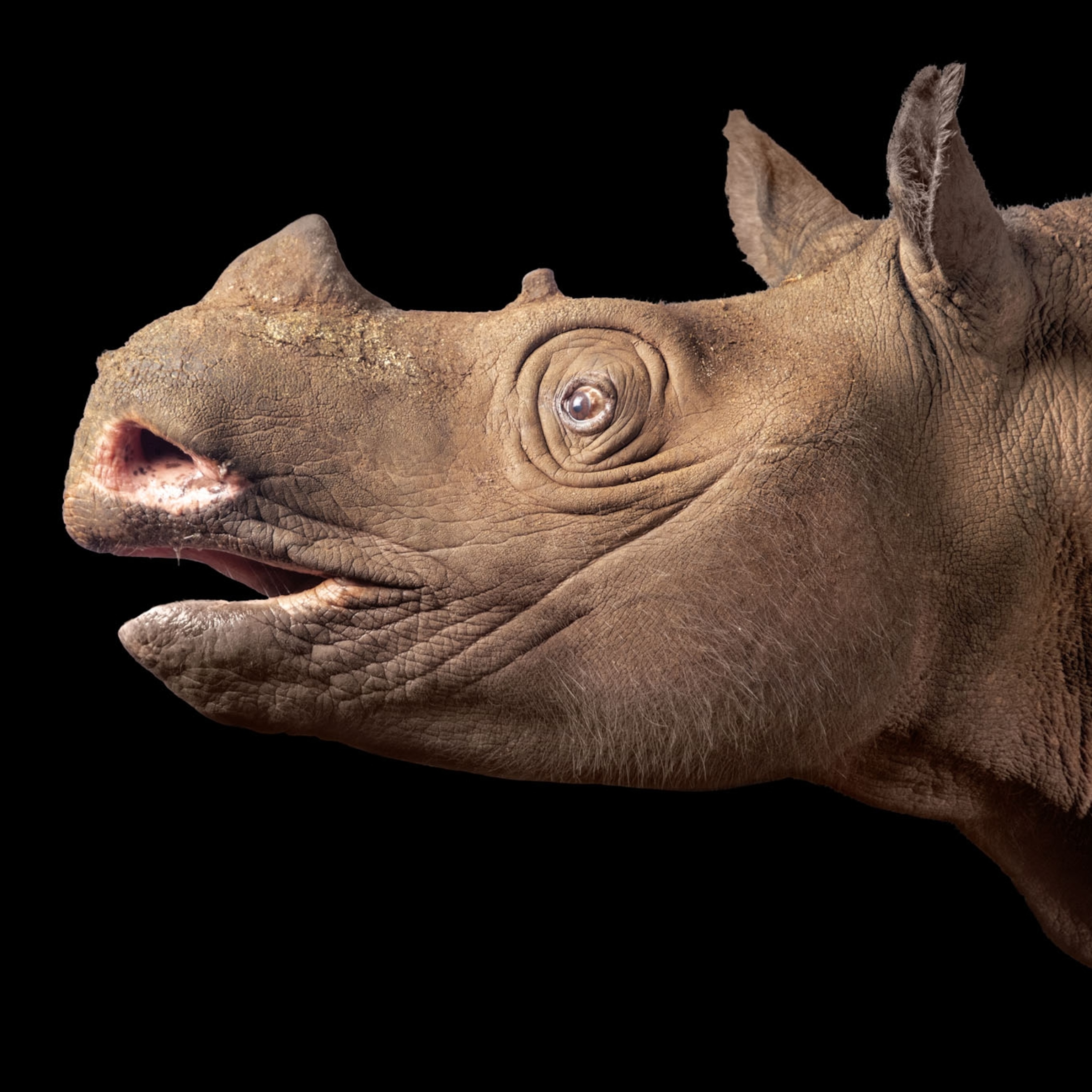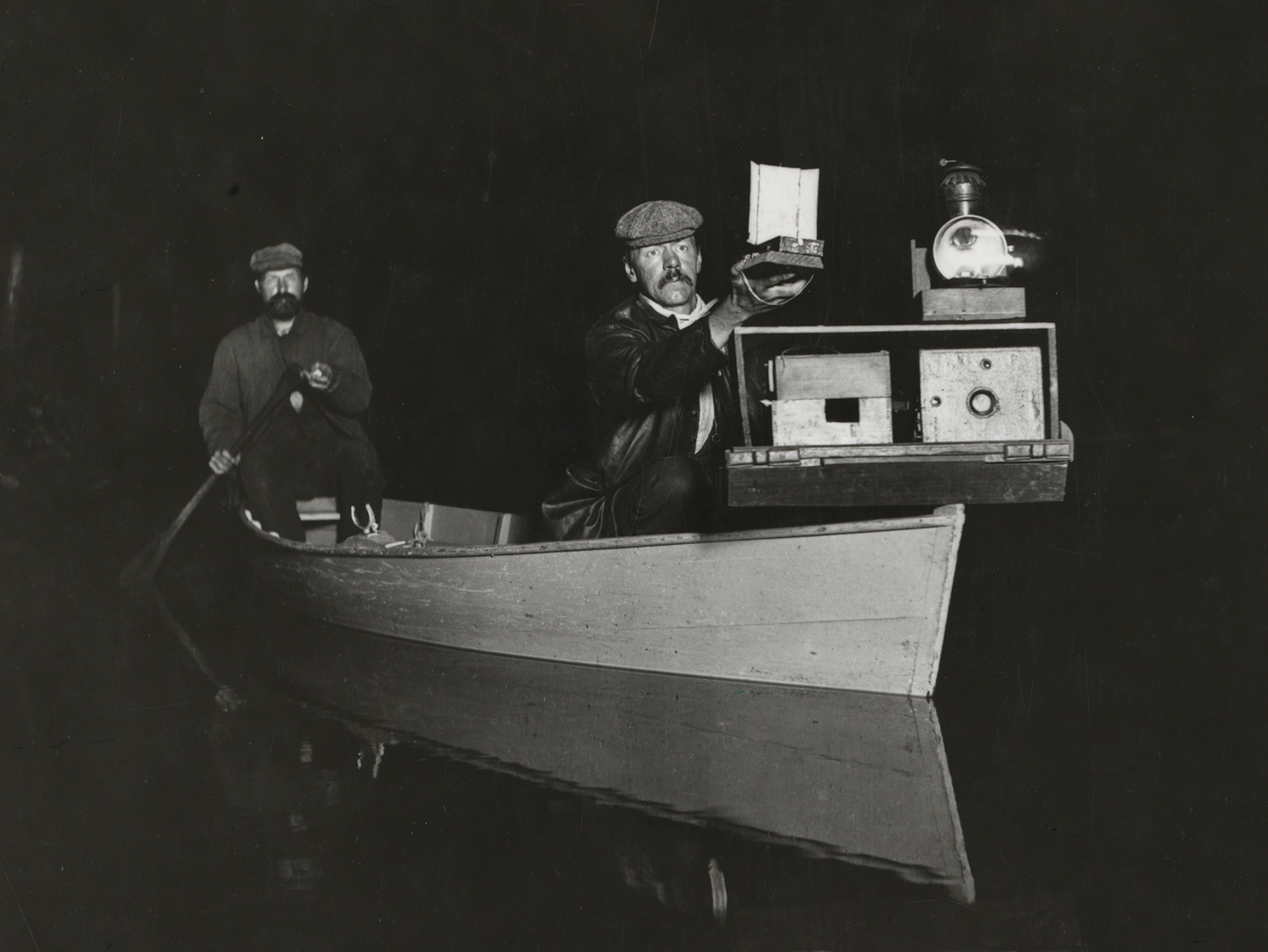How Virtual Hordes of Iconic Animals Could Hurt Us All
There may be a downside to being surrounded by images of charismatic animals: It could warp the way we think about their wild populations.
Widespread depictions of animals in pop culture—in advertisements, movies, photos, and toy stores—could actually be hurting the animals’ survival chances in the wild, new research suggests.
Franck Courchamp of the University of Paris-Sud was intrigued by the idea of “charisma” in animals. He wanted to know: What species do people consider charismatic? And what are the implications of having that "it" factor for populations in the wild?
So Courchamp and other researchers asked more than 4,500 people from 69 countries in an online survey to list the species they found most charismatic. They also considered information from school surveys, zoo webpages, and posters for animated movies.
In research published this month in the journal PLOS One, the researchers list the top 20 charismatic species. Most of the animals identified as charismatic are large, terrestrial mammals. Coming in first place were tigers, followed by lions, elephants, giraffes, panthers, pandas, cheetahs, polar bears, wolves, and gorillas. (See photos of more animals threatened with extinction.)
“One thing that seemed to be a common denominator is that we need to be impressed one way or the other, and size [makes people] impressed,” Courchamp says.
Despite that uniformity, the research found that participants described every species with a range of traits: rare, endangered, beautiful, cute, impressive, and dangerous. Of the top 20 species, only sharks missed the tag of all six traits, lacking the description of “cute.”
Virtual populations
Researchers also wanted to know if the animals’ charisma played in their favor, and asked respondents about various species’ conservation status. At least half of the participants didn’t realize that five of the top ten most charismatic species are threatened.
This part of the research, which was published separately in the journal PLOS Biology, found that people were more aware of the predicaments of pandas, tigers, and polar bears, but did not realize the dire status of lions, cheetahs, gorillas, and giraffes.
And only one species in the top 10, as compiled in this study, was not globally threatened: gray wolves.
The study also found that we are inundated with images of these creatures, even as they are dwindling in the wild. For example, the average French person will spot more than four lions per day on average in ads and other pop cultural representations, seeing many times more of the animals in one year than exist in the whole of West Africa. (Related: As tigers become rarer, poachers target lions)
The study suggests that this glut of imagery might be creating a “virtual population” of the critters in peoples’ minds, making them believe there are far more individuals in the wild than is accurate.
“Because we see them everywhere, we don’t realize they are endangered, and we don’t make all the efforts that should be done to protect them,” Courchamp says.
The findings highlight an important concern, says Scott Creel, a conservation biology and ecology professor at Montana State University. “It’s drawing peoples’ attention to the fact that even the species people find very charismatic, they don’t know much about them in the wild,” Creel says.
He suggests that species considered charismatic have qualities that make them difficult to conserve. Large vertebrates are long-lived, travel great distances, and face poaching threats, all of which make them hard to save, he says.
Joe Walston, the vice president for field conservation programs at the Wildlife Conservation Society, said it is paradoxical that we haven’t been able to protect the species we care about the most.
“I think these two papers make an important point that even the most loved species in the world are doing worse than people think, and they deserve more conservation effort and attention than what’s being afforded to them,” Walston says.
Pay to Play
The idea of “virtual populations” is compelling, but the scientists that National Geographic spoke with noted—as does Courchamp—that no causal link has yet been established between ubiquitous depictions of animals and popular impressions of their wild abundance or conservation status. But it's a promising area for further research, they say.
The study authors suggest that companies who benefit from the use of these images should allocate a small percentage of their profits to conservation efforts and informational campaigns.
“That would be not only something fair, but that would be something that could bring a win-win situation for them,” Courchamp says.
It could bring them positive PR, for example. Besides, if a company’s mascot goes extinct, that could hurt them from a marketing standpoint, Courchamp says.
Some companies do take this to heart, he says, noting conservation efforts by Jaguar and Lacoste. But not enough companies are “genuinely concerned about the conservation of the species that they work on,” he adds.
The Lion’s Share
The idea of advertisers paying to support the animals they depict may already be catching on.
Last month, the United Nations Development Program announced “The Lion’s Share,” an initiative asking advertisers who feature animals to contribute support for the creatures and their habitats.
“Images of animals appear in approximately 20 percent of all advertisements we see. Yet despite this, animals do not always receive the support that they deserve. Until now,” Lion’s Share Ambassador Sir David Attenborough said in a video announcing the campaign.
UNDP, which will host the fund, aims to raise $100 million per year for three years. The money will go toward wildlife conservation and animal welfare programs implemented by United Nations and civil society organizations.
Courchamp calls the initiative “very exciting news.”
“That’s exactly the thing we recommended, and it seems to be starting,” he says.

